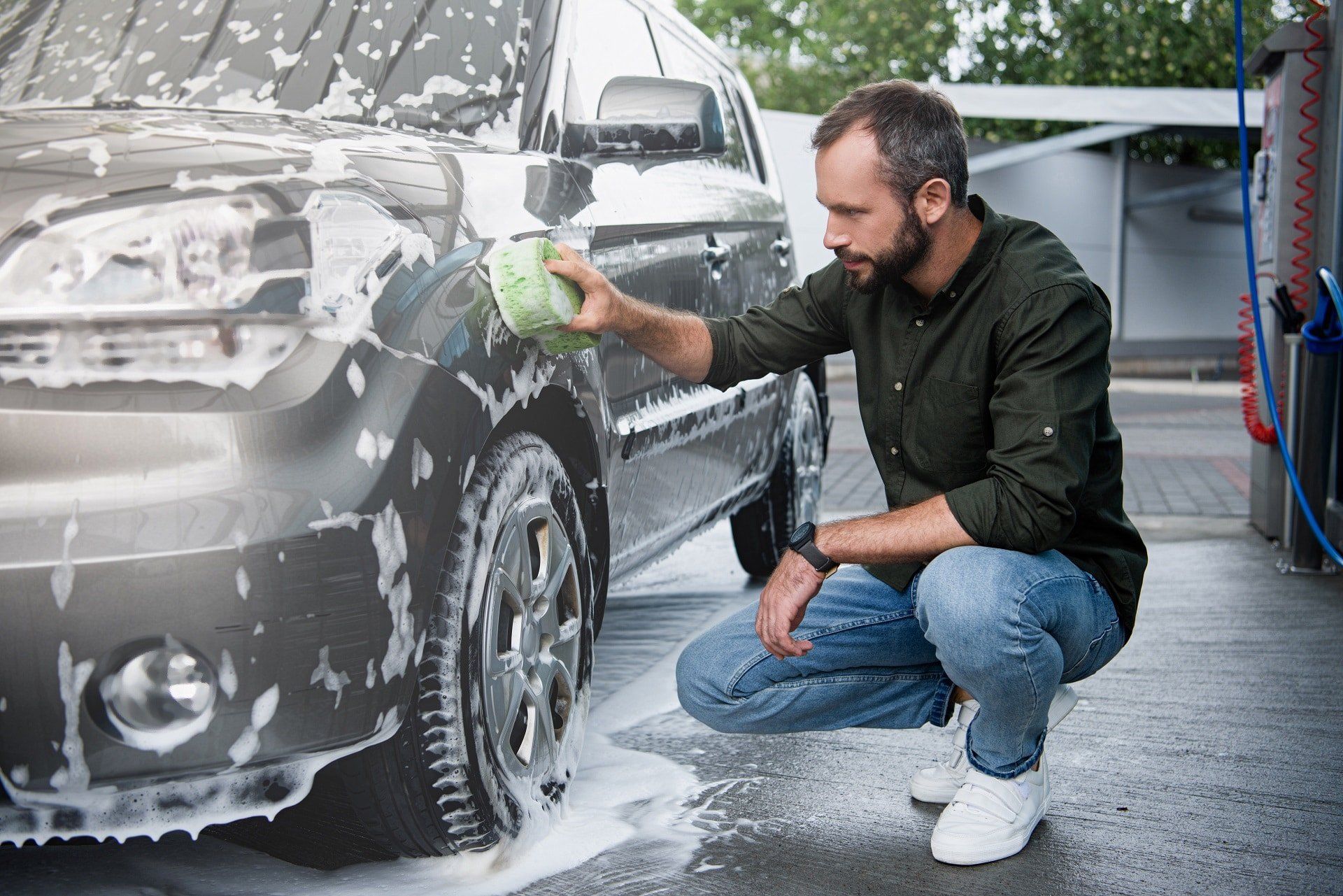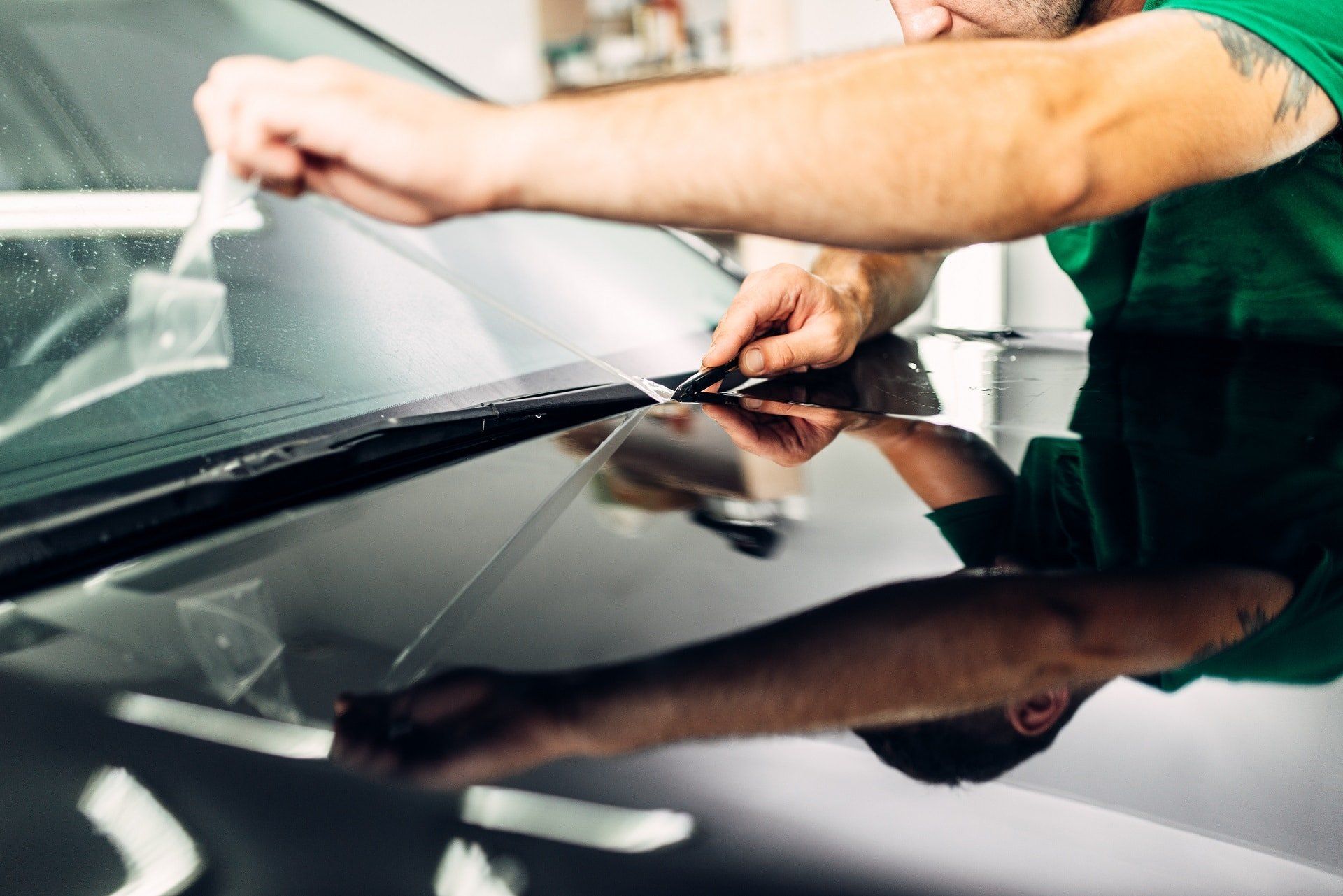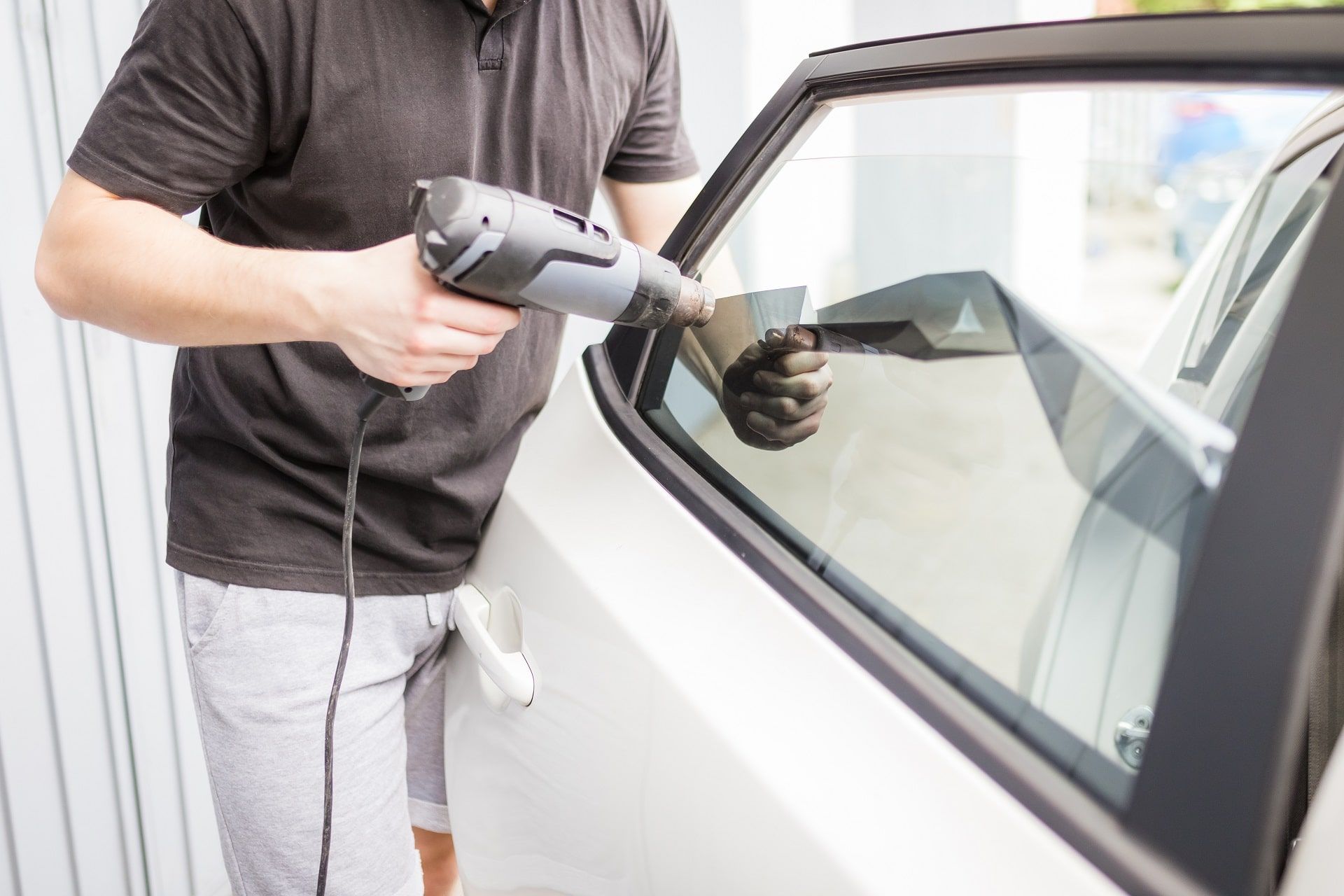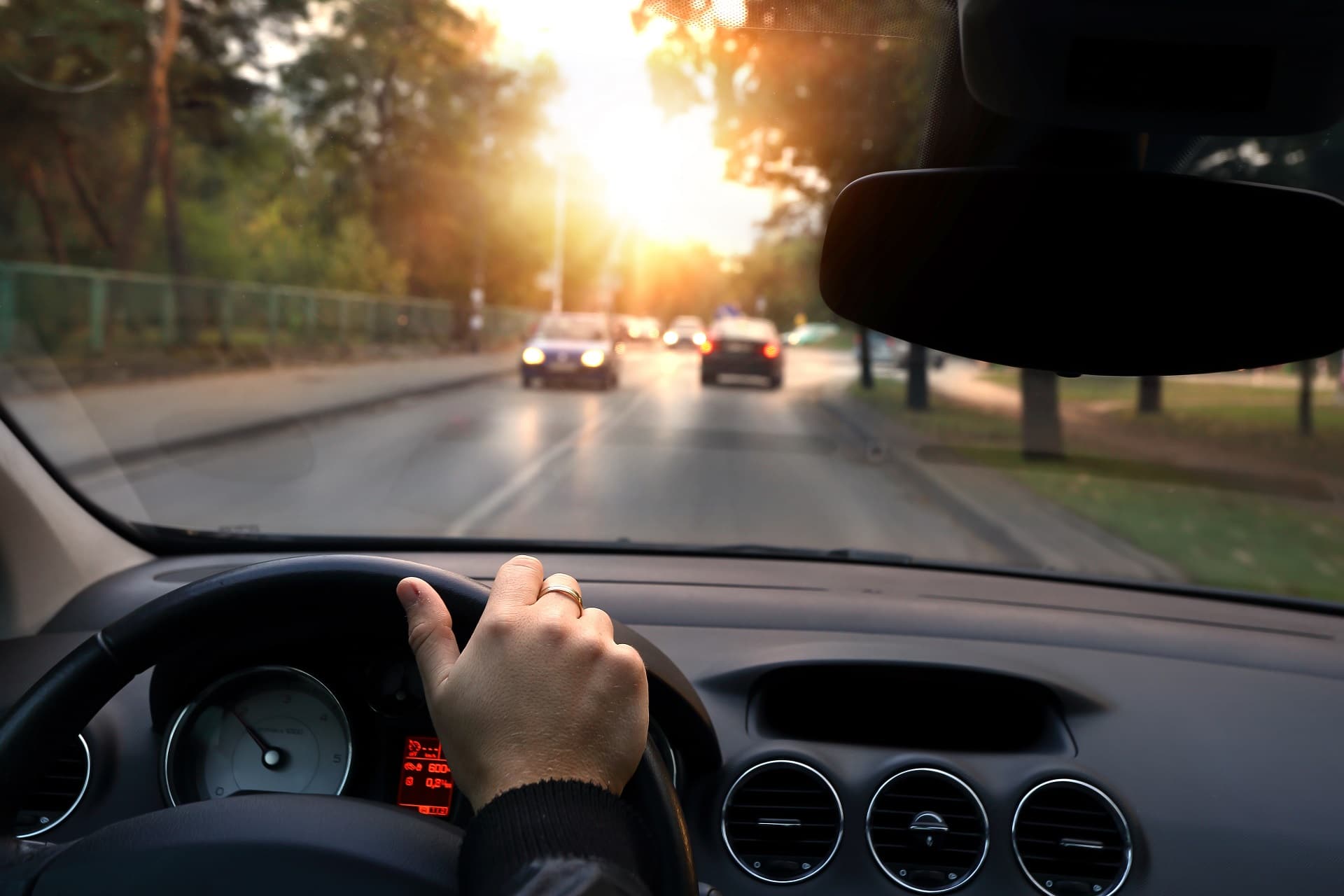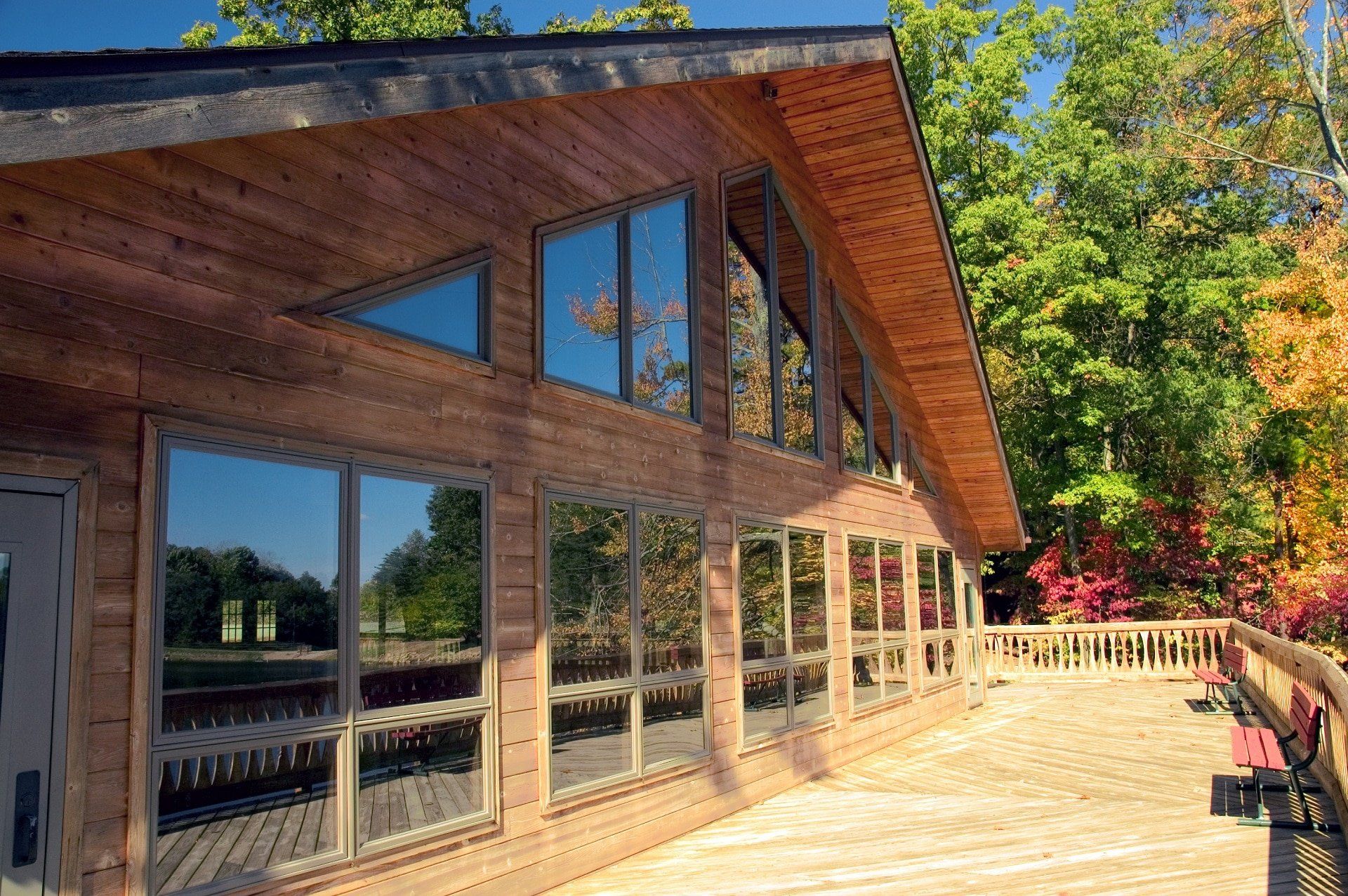Automotive Window Films: Why Does Auto Tint Fail?
We’ve all seen that car driving down the road. You know, the one where the windows are purple, and not because the driver is paying homage to a sunglasses trend from the early 2000s. No, this car has a rear window covered in waves and bubbles. Without question, that person got a bad auto tinting job.
Just as good automotive window films add flair and class to a vehicle, there are few things that knock down the aesthetic value of your car like a bad tint job. The same is true for peeling clear-coat on the surface of your car, which often goes hand-in-hand with failing tint.
We at Tint Tech understand all too well the dangers of a bad automotive window film application. We understand that your car is your pride and joy, and we want to make sure that every automotive window film application enhances – not detracts – from the good looks, lines, and contours of your car. That is why Tint Tech, Calgary’s top automotive window film shop, does a marvelous auto window tint job the first time, every time. Call us for more information at 1-403-968-8468, or be sure to fill out our online contact form.
Now, let’s answer that important question – What causes automotive window film to go bad?
Cause #1 – The Sun
The radiation from sunlight is the primary reason that tint will bubble, crack, peel or turn purple. Auto tint’s number one job on your vehicle is to block rays from the sun, in the form of radiation you can see (visible light) and radiation you cannot (ultraviolet and infrared). Like everything else that blocks light, it does so in one of two ways: (i) by absorbing light, or (ii) by reflecting light. Unless you have a reflective metallic tint, it is more likely that your automotive window films are going to absorb the radiation as the method of keeping it out of your car.
Over time, the UV radiation starts to break down the adhesives in the auto tint film. That includes both the adhesives used to apply it to the windows directly, and any bonding materials between the layers of the film itself.
For that reason, automotive window film will peel away from the glass (also known as “delamination”), and you will also see bubbles inside the film itself. Even if you could somehow re-attach the film back to the window, those bubbles remain. Notably, those same UV rays can also be blamed for the delamination of the clear coat on the exterior of the vehicle.
Cause #2 – Old or Low Quality Film
The older your car is, the more likely that an out-of-date film was used to tint the windows. Those films typically incorporate dyes between a few layers of plastic film and were never intended to last for the lifetime of the vehicle. The sun’s rays break down those dyes the longer the film is subjected to the heating and cooling cycles of day and night. The film typically turns purple, blue, or a faded gray, after prolonged exposure to the sun. That can take only a few years in some cases.
Many modern, high quality films typically incorporate either carbon or ceramic particles. Because those films have no dyes in them, they are more resistant to fading than the classic films. Ceramic window tints are the most expensive that you can buy. So, it is worth discussing with your tint installer the potential benefits of a carbon film versus a ceramic film. If your car is out in the sun most of the time because you do not have access to covered parking, that may make ceramic a better option. Yet, do your research on the different films and don’t allow yourself to be talked into a higher-ticket item if you do not need it.
Cause #3 – Poor Installation
If the tint was not applied properly in the first place, your vehicle is at a higher risk of having the tint fail. There are a number of sites on the car where the tint is at risk for delamination due to improper installation or care instruction. The top three are (i) the defrost bars on the back window, (ii) the dot matrix at the edges of windows, and (iii) the film on moveable windows.
The defrost bars on the back window are wires that supply heat to clear up condensation and melt ice. For that reason, they represent a three-dimensional (3D) structure around which the tint film must be applied. Because those are large areas where the film needs to be pressed down, they are at the highest risk for peeling or bubbling, and often the reason long waves or bubbles show up on the rear window of the car more often than any other area.
Likewise, the dot matrix is a 3D structure, but rather than produce the large parallel bubbles like those around the defrost bars, the tint here is more likely to come away in a zigzag pattern if the shop did not either sand down the dots a little prior to the install, or did not use extra adhesive in the areas covered by the dot matrix.
The film on the inside of the windows can fail if the windows are rolled down prematurely following the install. It takes three to five days for the film to adequately bond to the glass. Using the windows during this time period can introduce lifting, which causes more problems down the line.
Protecting Your Investment in Your Automotive Window Film – Tint Tech Can Help
There are steps you can take to help prevent your tint from fading. Though most modern films come with a warranty somewhere between three years and a lifetime for the durability and colorfastness of the tint, you can minimize the possibility of damage by doing the following:
- Keep your car out of the sun as much as possible. If you needed an incentive to clear out your garage, then park your vehicle where it will not be exposed to UV radiation to reduce the amount of light the tint is exposed to, and to extend the life of the product. A carport or awning will help serve the same purpose and is better than nothing at protecting the tint film.
- Do not use harsh or abrasive cleaners on the insides of your windows. Chemical or mechanical surfactants will shorten the life of your tint considerably. Some compounds will even hasten the fading or color change of the tint by directly breaking down the plastic of the film.
- Review your warranty. If your tint comes with a warranty from the manufacturer or installer, keep the paperwork in a safe place so that if you do start to notice fading, peeling, purpling, or other signs that your tint is starting to fail, you can make use of the guarantees offered to you at the time of purchase.
So, there you have it. A list of reasons why tint fails, and a good set of to-do items to make sure that your tint job won’t be the proverbial car driving on the road with the peeling, purple, bubbling window tint. For the best results, call the professionals at Tint Tech. You can reach us at 1-403-968-8468, or if you fill out our online contact form.
Disclaimer: The information on this website and blog is for general informational purposes only and is not professional advice. We make no guarantees of accuracy or completeness. We disclaim all liability for errors, omissions, or reliance on this content. Always consult a qualified professional for specific guidance.



